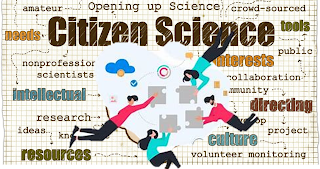Sustainability at the System Level: What AI, Energy, Biology, and Construction Teach Us About Collaboration

Across nearly every sector, sustainability challenges are revealing the same truth: no system transforms in isolation . Whether we are discussing AI energy use, bio-based innovations, environmental data standards, or the materials that make up our cities, progress depends on the ability of institutions, disciplines, and technologies to collaborate. Recent talks and research highlight how deeply interconnected these challenges are—and how the collaborative economy offers the framework needed to navigate them. AI’s Energy Demands as a Shared Infrastructure Problem In AI to Eye | Prof. Phil Hart on AI & Sustainability , Hart argues that AI is not simply a technological breakthrough—it is a major new participant in shared energy infrastructure . AI workloads are projected to triple by 2030 , placing new strains on the electrical grid, especially near cities. Roughly 35% of a data center’s energy consumption goes to cooling , illustrating the thermodynamic consequences of scali...


